Best Hulk stories of all time
These best Hulk stories really are smashing tales

Marvel's Hulk is all about change, and both the MCU and comics version of the Hulk is in a unique, liminal period right now.
Al Ewing's hit Immortal Hulk series has ended, and a new Hulk series by Donny Cates and Ryan Ottley is on the horizon.
At the same time, the MCU is preparing to make room for a second Hulk alongside Mark Ruffalo's Bruce Banner, with the upcoming Disney Plus series She-Hulk starring Tatiana Maslany.
We're not here to talk about She-Hulk though, we're here to talk about the original Jade Giant, the Hulk. With all the years and all the stories since his 1962 debut, it's understandably daunting to try to wrap your head around just who he is - so let us help.
We're here with the best Hulk stories in his 59-year history, ahead of what is looking to be a big 2022, his 60th anniversary.
10. The Incredible Hulk #335
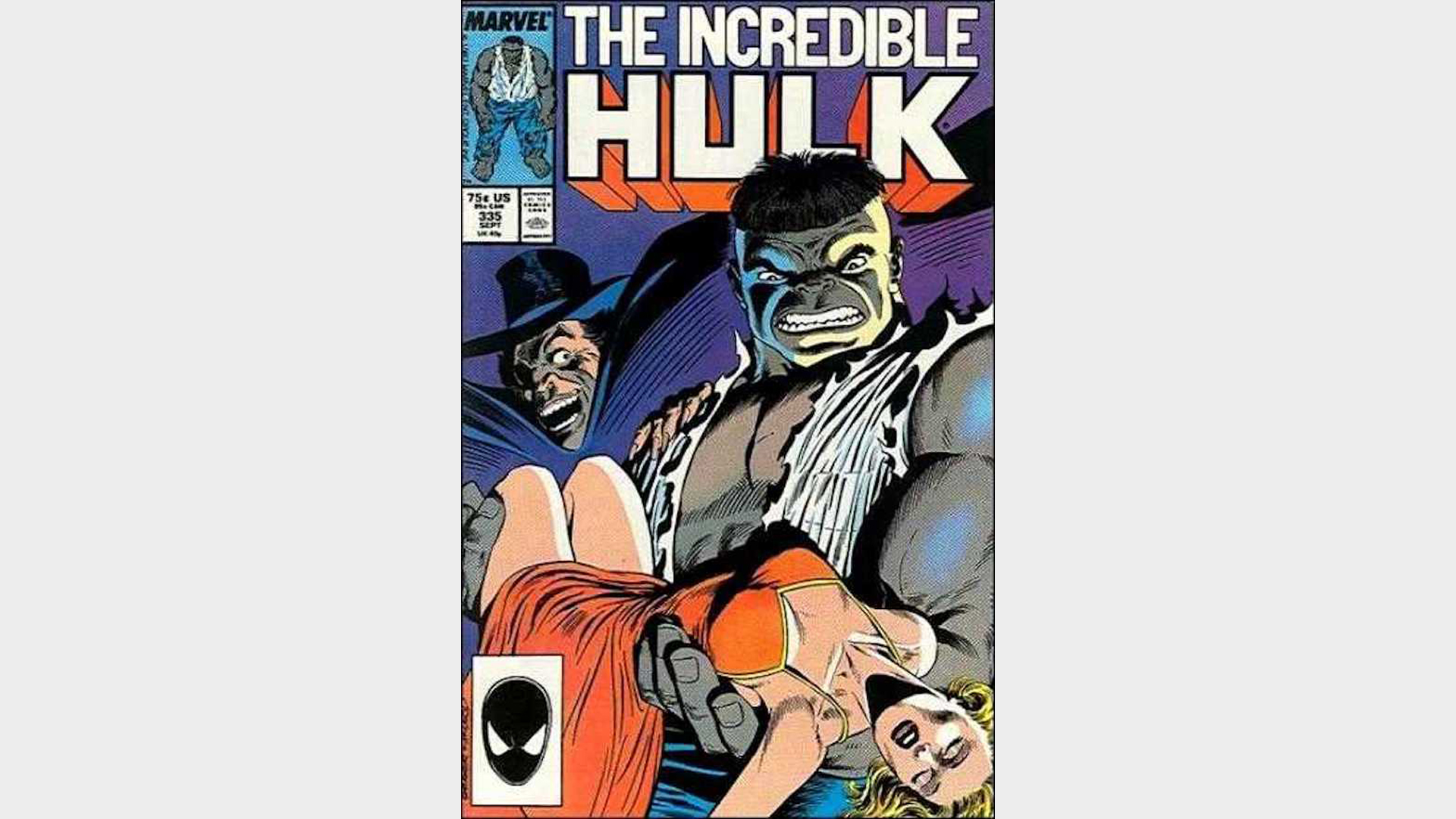
One of Peter David's first issues of The Incredible Hulk turns out to be one of his best in Incredible Hulk #335. Enlisting Hellblazer artists John Ridgway and Petra Scotese, 'The Evil That Men Do' presents a creepy, Tales from the Crypt-inspired take on a Hulk adventure.
A woman runs from an intruder in a wide-brimmed hat and ancient cloak. She yells for help, blinded by the man's attack. But instead of a hero, she finds the Grey Hulk, who is drawn into the macabre life of another man struggling with a dark side. A dark side with a name, who longs for the companionship of another monster.
Comic deals, prizes and latest news
Get the best comic news, insights, opinions, analysis and more!
Exploring duality, responsibility, and retribution, Peter David turns what could have been an episode of the Bill Bixby TV series into a meditative horror short, edged with the humanist, expressive pencils and colors of Ridgway and Scotese.
What it lacks in smashing the Incredible Hulk #335 more than makes up for in mood, emotions, and grounded storytelling.
Buy: Amazon
9. Avengers Assemble Vol 1 #9-11
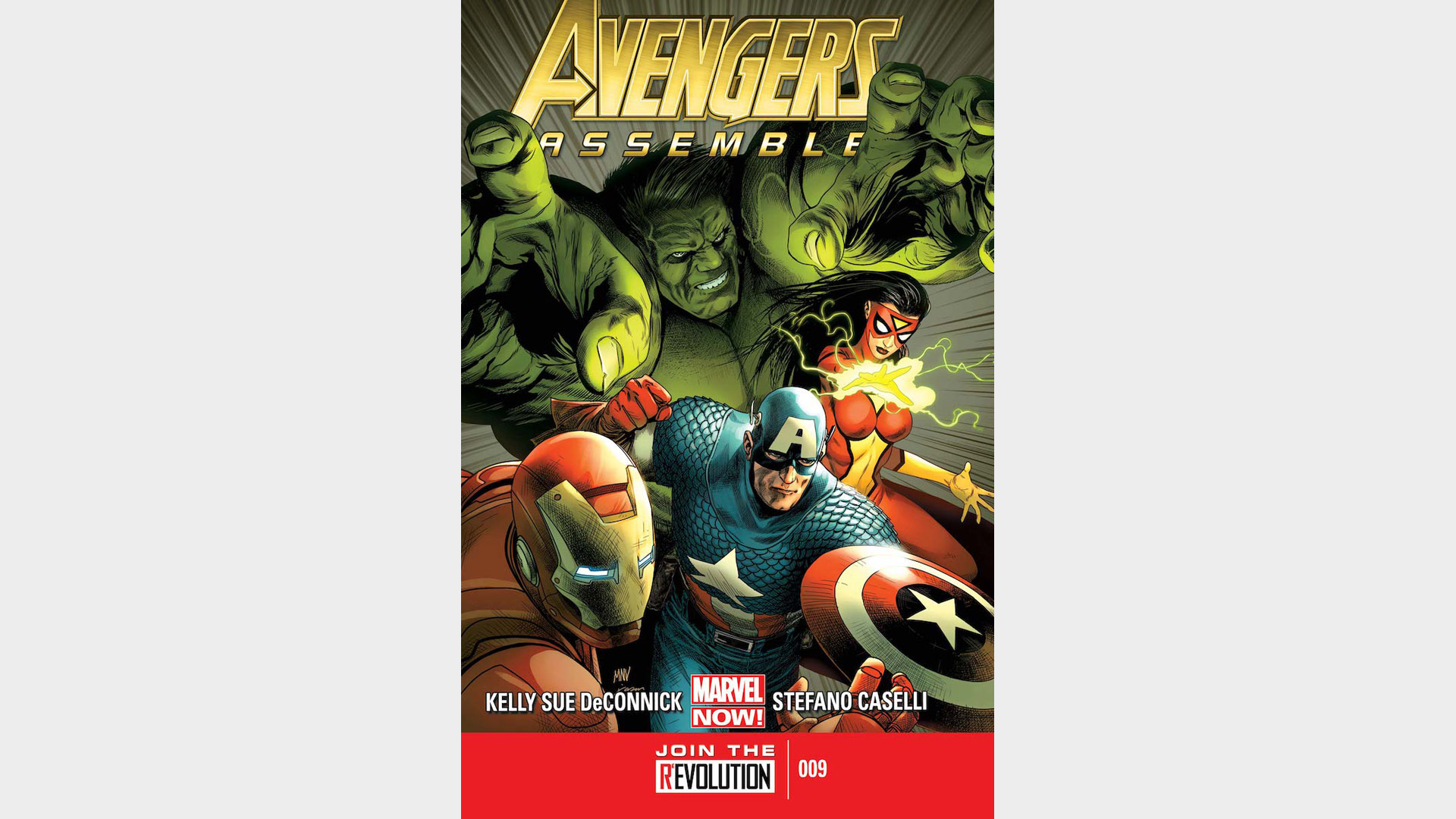
The dynamic between Mark Ruffalo's twitchy, nebbishy take on Bruce Banner and Robert Downey, Jr.'s cocky and suave Tony Stark was one of the unexpected highlights of the first Avengers film. Even more unexpected was when that dynamic made the jump to comic books thanks to Kelly Sue DeConnick and Stefano Caselli in the series Avengers Assemble.
Borrowing the name given to them by the emerging MCU fandom, 'Science Bros' tells the story of a friendly competition in superheroics that emerges between Bruce and Tony. After a former colleague goes missing, Bruce and Tony split the Avengers down the middle and start a race to see who can save him first.
While the hook of this arc is simple, DeConnick's take on Bruce is anything but. Standing as the practical realist to Stark's flash and cocksure confidence, DeConnick transforms Bruce into the perfect straight man for Stark amid bracingly cool and kinetic set pieces from Caselli.
Bringing a slick cinematic energy to the life of Banner, Avengers Assemble is much more than just a footnote in the Hulk's history with the Earth Mightiest Heroes.
Buy: Amazon
8. Indestructible Hulk
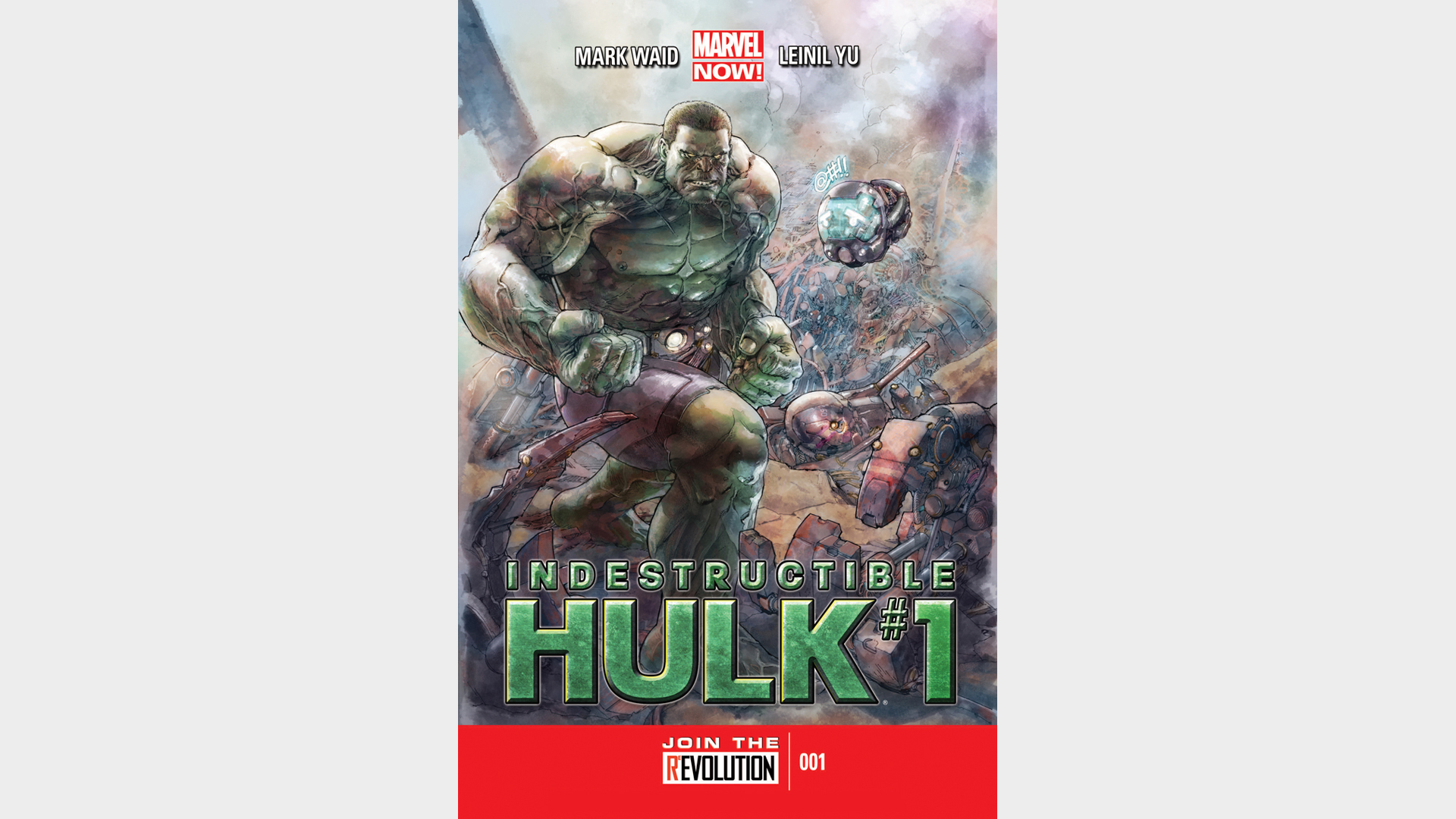
The Hulk has often been described as a cannon. So, during 'Marvel NOW!,' Mark Waid and Leinil Francis Yu got the bright idea to start pointing him at stuff.
Thus debuted the Indestructible Hulk.
Tired of only being associated with destruction, Bruce Banner comes to SHIELD with a pitch. As Banner, he will provide Maria Hill with the full power of his mighty brain. And as the Hulk, he will venture into the places SHIELD can't go and unleash the full might of his power against threats they can't deal with.
Providing a fun, productive spin on the dichotomy between Banner and Hulk, Mark Waid's characterization shines for both. His Hulk is a pointed missile, barreling through fractal set pieces from Yu. Meanwhile Banner is a no-nonsense savant, building a whole team of geniuses around him to tackle the world's big problems.
While it lost steam heading into its ending, Indestructible Hulk is a breezy, gimmicky exploration of the Hulk and Banner's impact on the world around them.
Buy: Amazon
7. Tempest Fugit
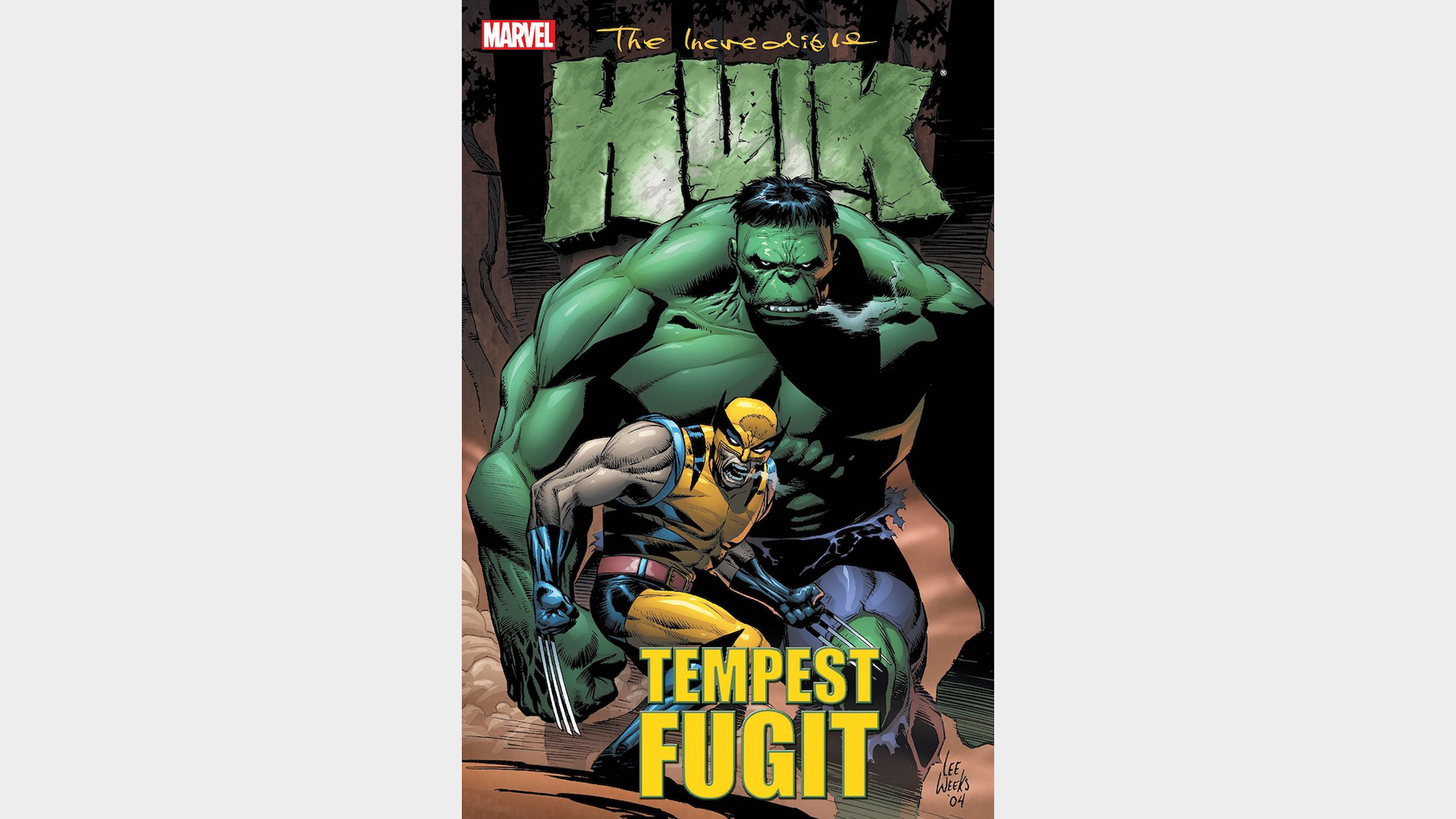
Peter David plays the hits as it were, along with the powerful pencils of Lee Weeks in 'Tempest Fugit'.
Seeking solitude, the Hulk finds himself washed ashore of a mysterious island, one populated by figures from his past, including the Grey Hulk and former enemies all waiting to take the fight to Banner and "The Other Guy."
But as he navigates the island, a dormant memory from his college days weaves through the main narrative - a memory that could prove to be one of the first triggers for Bruce even before the Gamma Bomb.
While the sudden turn into a September 11th allegory the story takes in its fifth issue comes across a little clunky, David's scripts balance neatly both action and pathos; a hallmark of David's time with the Hulk overall. Couple that with the beefy, consistently vascular pencils of Lee Weeks and you have a tale strong enough to bear the actions and emotions inherent in the Hulk's history.
Buy: Amazon
6. Fantastic Four Vol.1 #25-26
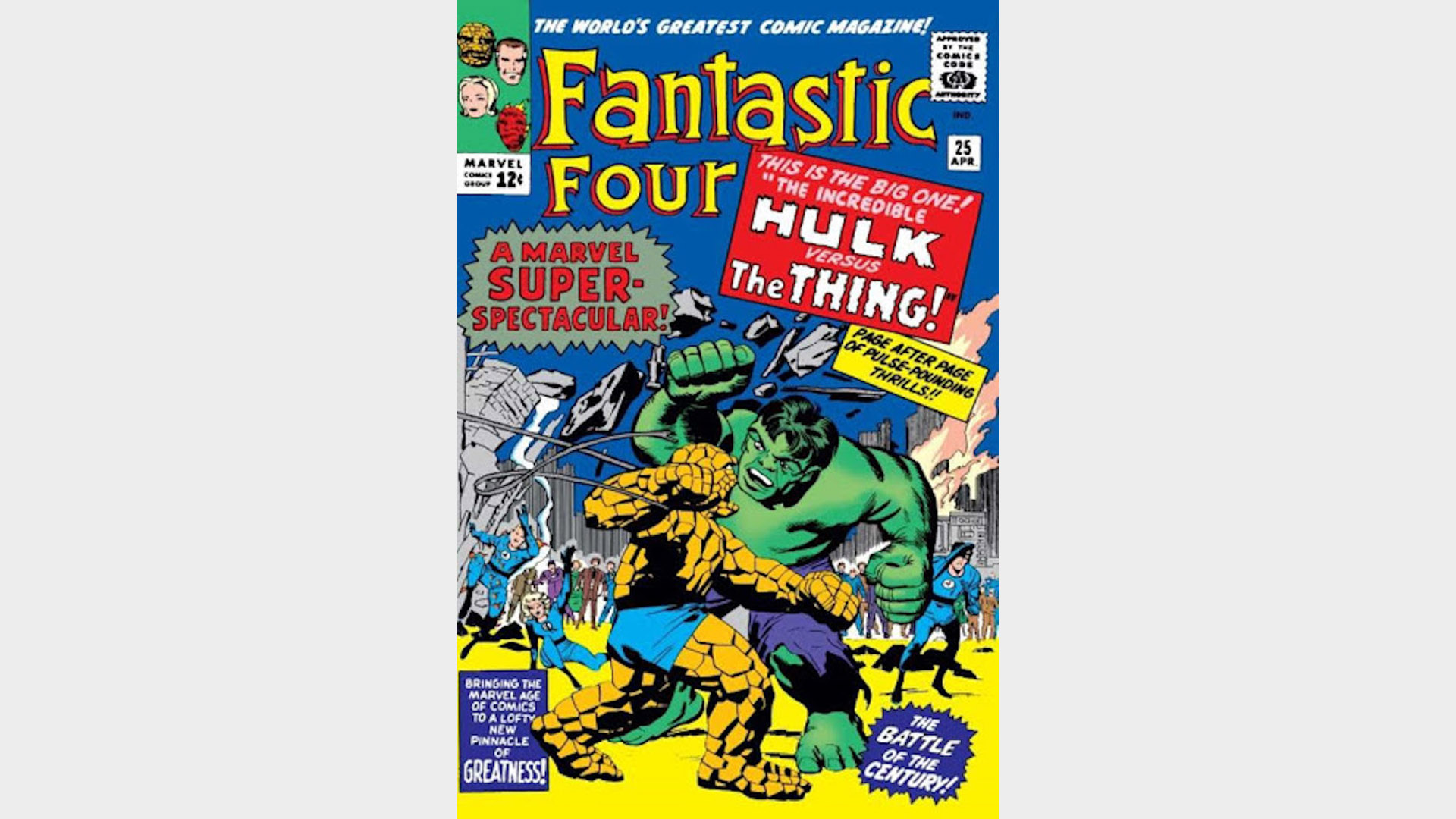
Aunt Petunia's Favorite nephew, Benjamin J. Grimm, has had many scraps with Bruce Banner over the years. But we aren't sure if any of them have the same power as their first showdown in the pages of Fantastic Four #25 and #26 (collected in The Hulk vs. the Marvel Universe).
Handled by the iconic creative team of Saan Lee and Jack Kirby, the story centers around the US Military enlisting the help of the Fantastic Four to bring the Hulk in once and for all.
Spread across two titanically momentous issues (a rarity in those one-and-done days), Lee and Kirby leave it all on the page, sparring the two heroes across the panels to a wickedly fun draw, while the military and the rest of the Fantastic Four can do nothing but simply watch their match-up - thus setting up their colossal rivalry for years to come.
While the issues do suffer a bit due to Lee's vintage verbosity and plottiness (an acquired taste for some modern-day fans), Fantastic Four #25and #26 is a blast from the Hulk's past more than worth a reader's attention.
Buy: Amazon
5. Immortal Hulk
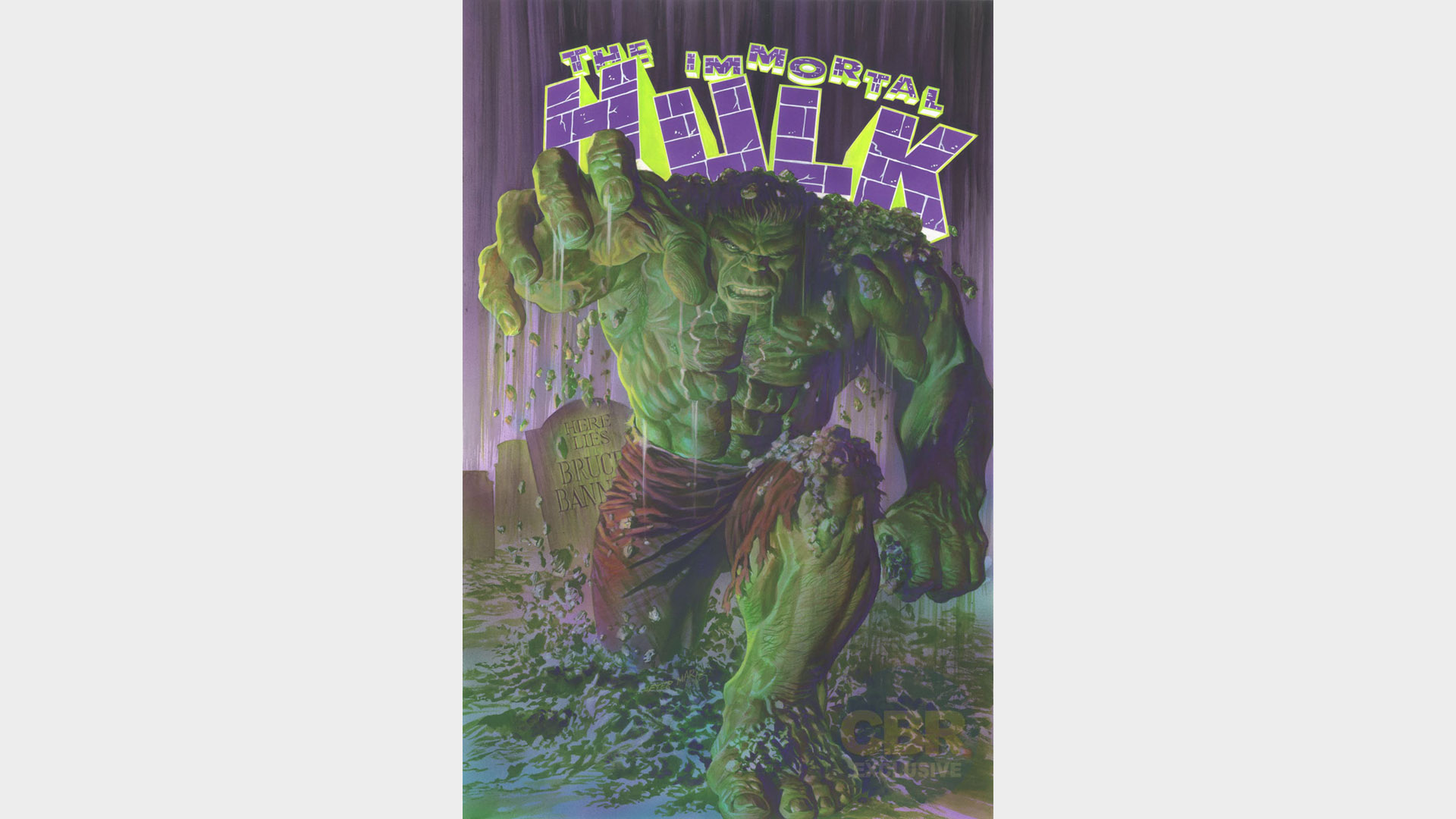
What do you get when you mix Cronenbergian body horror, dense philosophy, and the quiet reconciliation of nearly 20 years of loose Hulk continuity? Why, only one of the best Hulk runs of the modern era, of course, with Immortal Hulk.
Plotted like a sprawling horror epic by writer Al Ewing and graced with the rich, horrifying pencils of Joe Bennett, Immortal Hulk is a hard book to pin down at times, but that doesn't make it any less compelling.
At first, it was content just to tell punchy, one-and-done horror tales in which Banner and the 'Devil Hulk' (bringing back the moniker bestowed on the darker in tone Hulk of the Peter David eras) use their intuition to right wrongs. But as the title continued, the stories got bigger and darker, taking our heroes through 'The Green Door,' into the depths of Hell, and to war against new antagonists, General Fortean and his mysterious Shadow Base.
Aiming to put the horror back into the 'werewolf myth' of the Hulk, the Immortal Hulk is a consistently engaging and thrilling ride with the Devil Hulk.
Buy: Amazon
4. World War Hulk
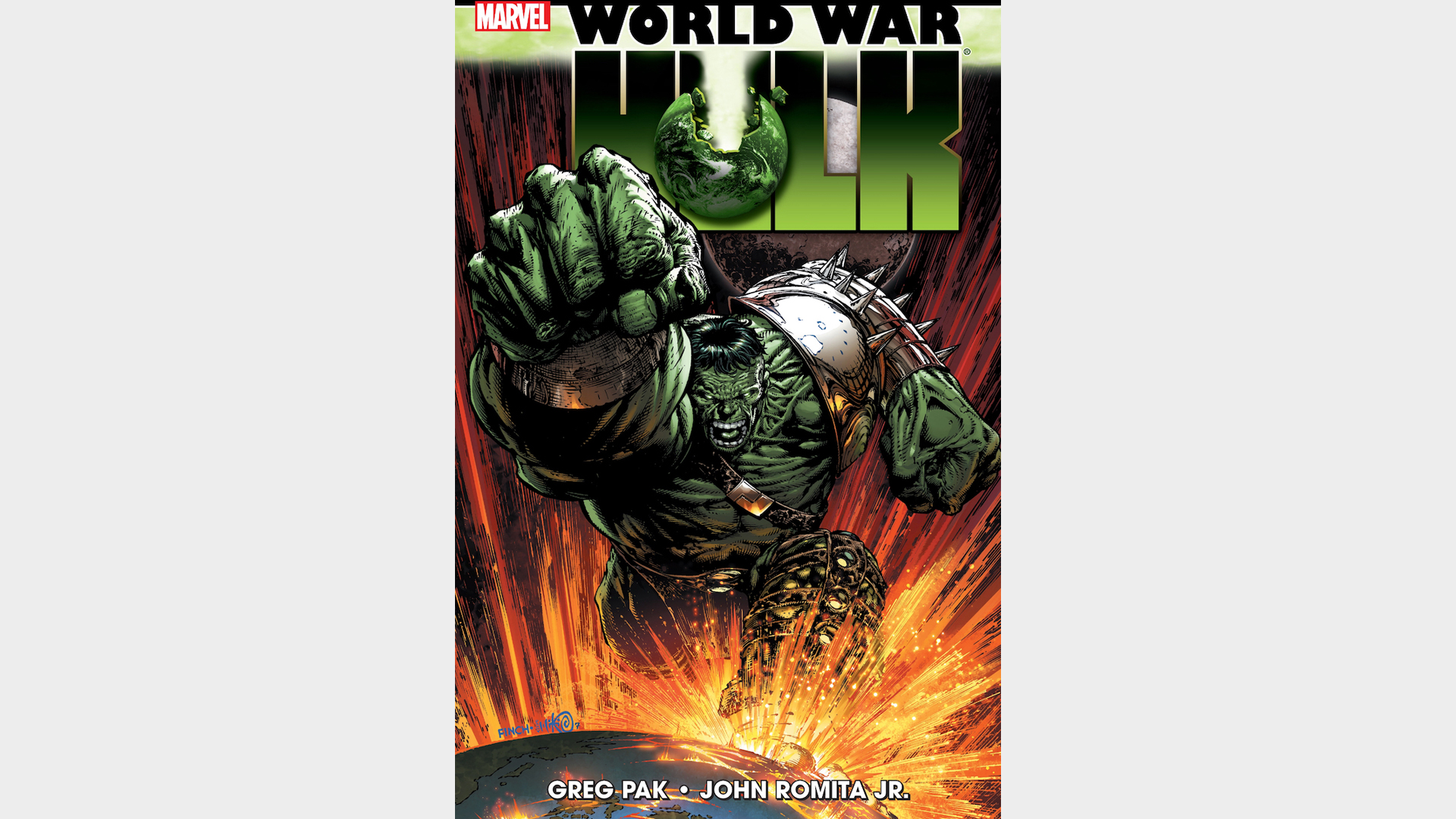
Revenge was a dish best served smashed in World War Hulk.
Freed from his 'Planet Hulk'-era exile (more on that later), and boiling mad, the Hulk returned to Earth in 2007 looking to make the Illuminati, who had banished him to space, pay for their crimes.
And pay they did, across five massive issues and various tie-ins detailing the scope of the Hulk's rage. But the main title was where the real fireworks were going off. Written by longtime Hulk writer Greg Pak and legendary artist John Romita, Jr., World War Hulk was all killer, no filler.
Thanks to the focused rage of Pak's script and the beefy, lantern-jawed pencils of Romita Jr, World War Hulk went on to be a fan favorite and a worthy addition to this list.
Buy: Amazon
3. Future Imperfect
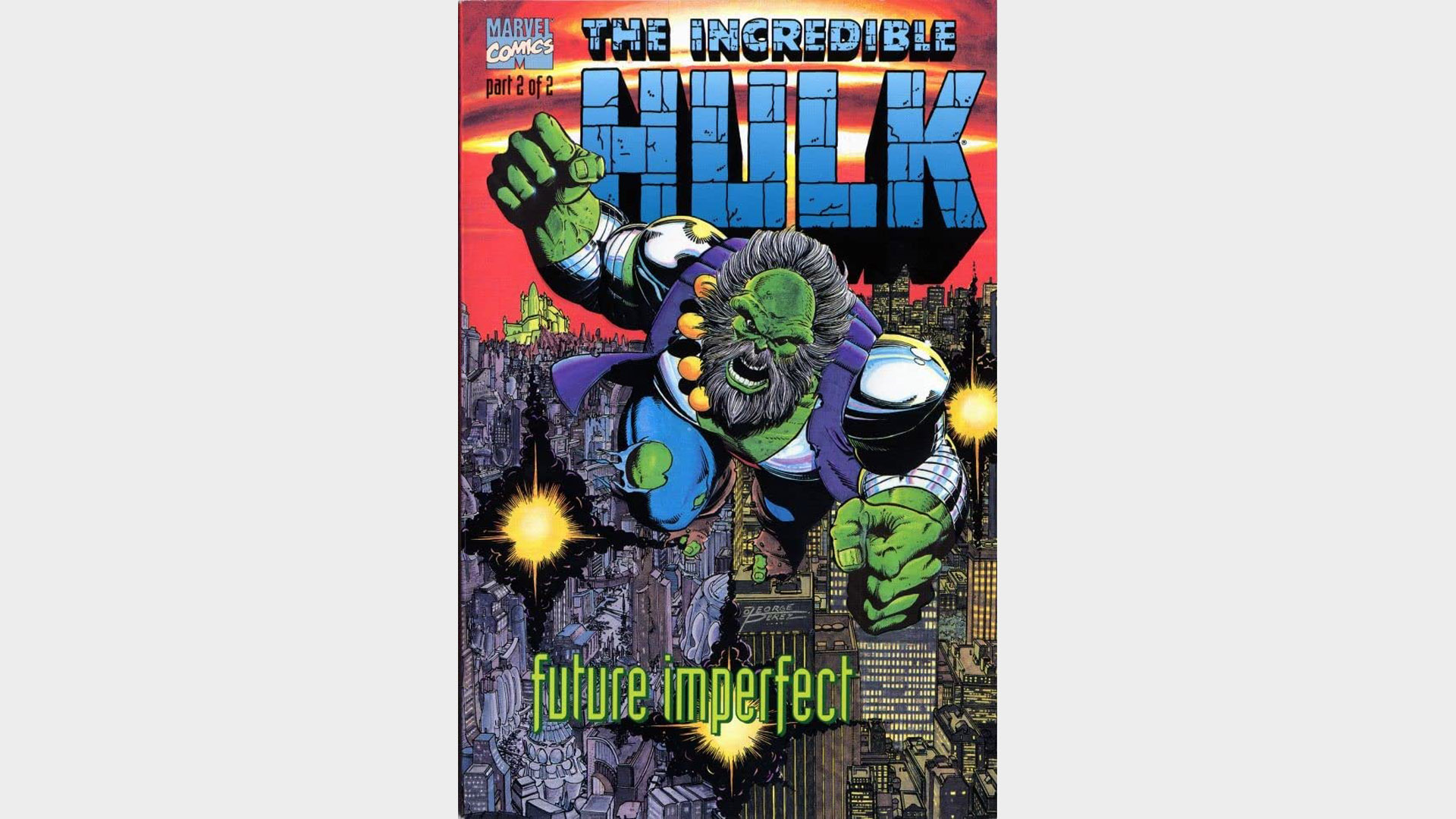
The Hulk has often been called a menace. But what if that was actually true?
That was the question Peter David and George Perez explored in Future Imperfect, a two-part event comic published in the heady days of 1992.
Set up in Peter David's Incredible Hulk run, Banner finds himself transported against his will to Dystopia, a radiation-ravaged wasteland in which humanity is kept in check by a hellish future police under the orders of the Maestro, a super-intelligent future version of Hulk with all of Banner's intellect and none of his morality.
Often cited as one of the most iconic Hulk stories, it is easy to see why. David's script moves like a focused guided missile, laying out the complex time travel logic neatly and providing the Hulk with an enemy who is every bit his equal (and one that would recur throughout Hulk's history) - not to mention the absolutely stunning trophy Room sequence in which George Perez and Peter David deliver a whole series' worth of world-building in one splash page.
It's no wonder why Maestro has become a Marvel Comics staple in the ensuing decades, even headlining the post-Secret Wars series Contest of Champions.
Buy: Amazon
2. Planet Hulk
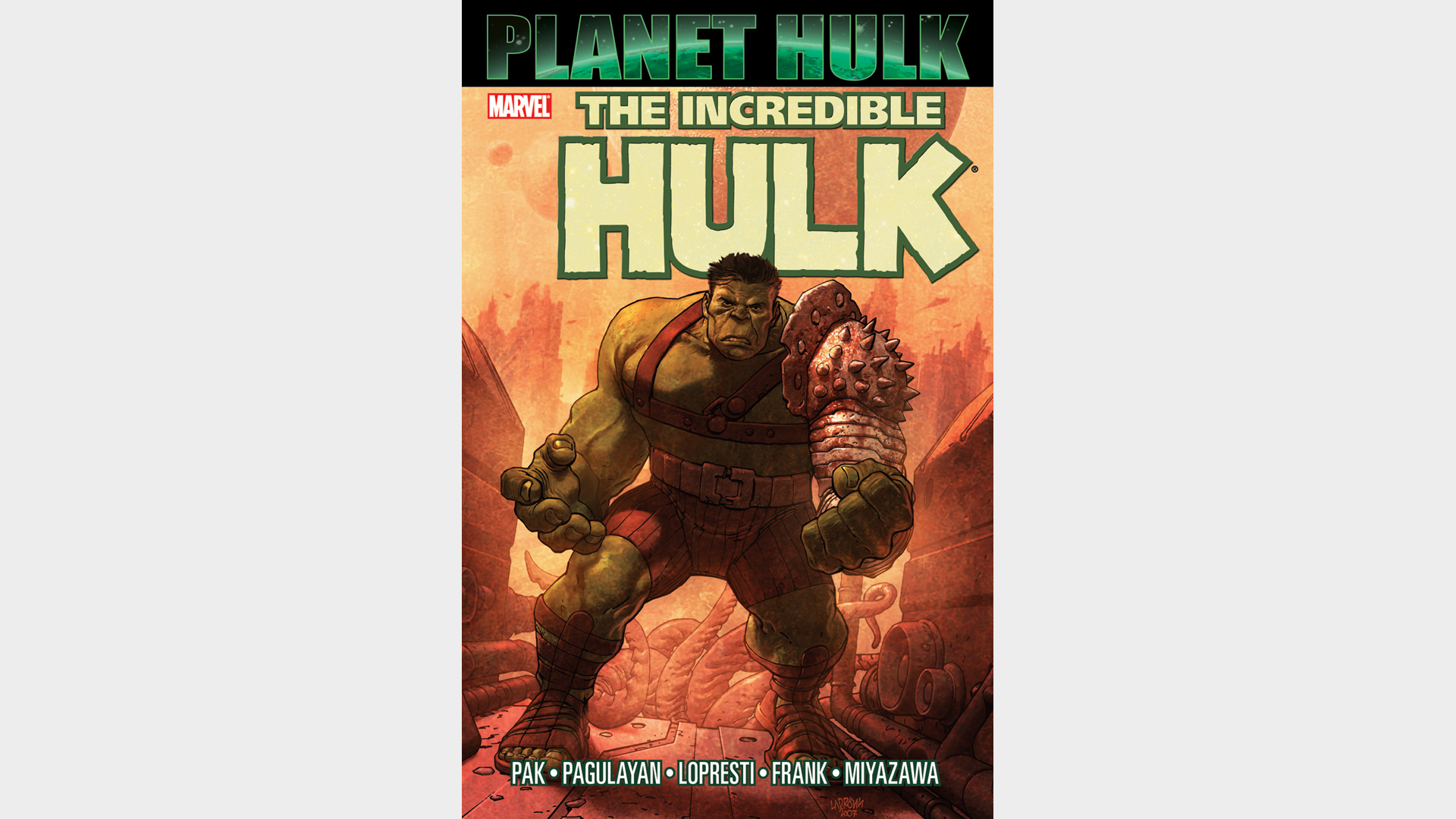
In 2006, Tony Stark and the rest of the Illuminati had a Hulk problem. So they pulled a Mystery Science Theatre 3000 and shot ol' Jade Jaws into space. And with that, launched one of the most popular and impactful Hulk stories of the modern era.
Written with a burly, noble energy by Greg Pak and graced with the pulse-pounding artwork of Carlo Pagulayan and Aaron Lopresti, 'Planet Hulk' took a simple idea and ran with it.
Stranded on a barbarous planet, ruled by a Romanesque gladiatorial society, Hulk must fight, win, and survive in order to exact a very smashy revenge on Stark and the rest of the heroes that exiled him (remember World War Hulk?).
But while the story itself is very, very good, the legacy it spawned is undeniable. Laying tracks for two sequels, providing a basis for one of Marvel Animation's early hits, and influencing the blockbuster Thor: Ragnarok, 'Planet Hulk' became much more than just a good story. It became a gamma-irradiated institution.
Buy: Amazon
1. Hulk: Gray
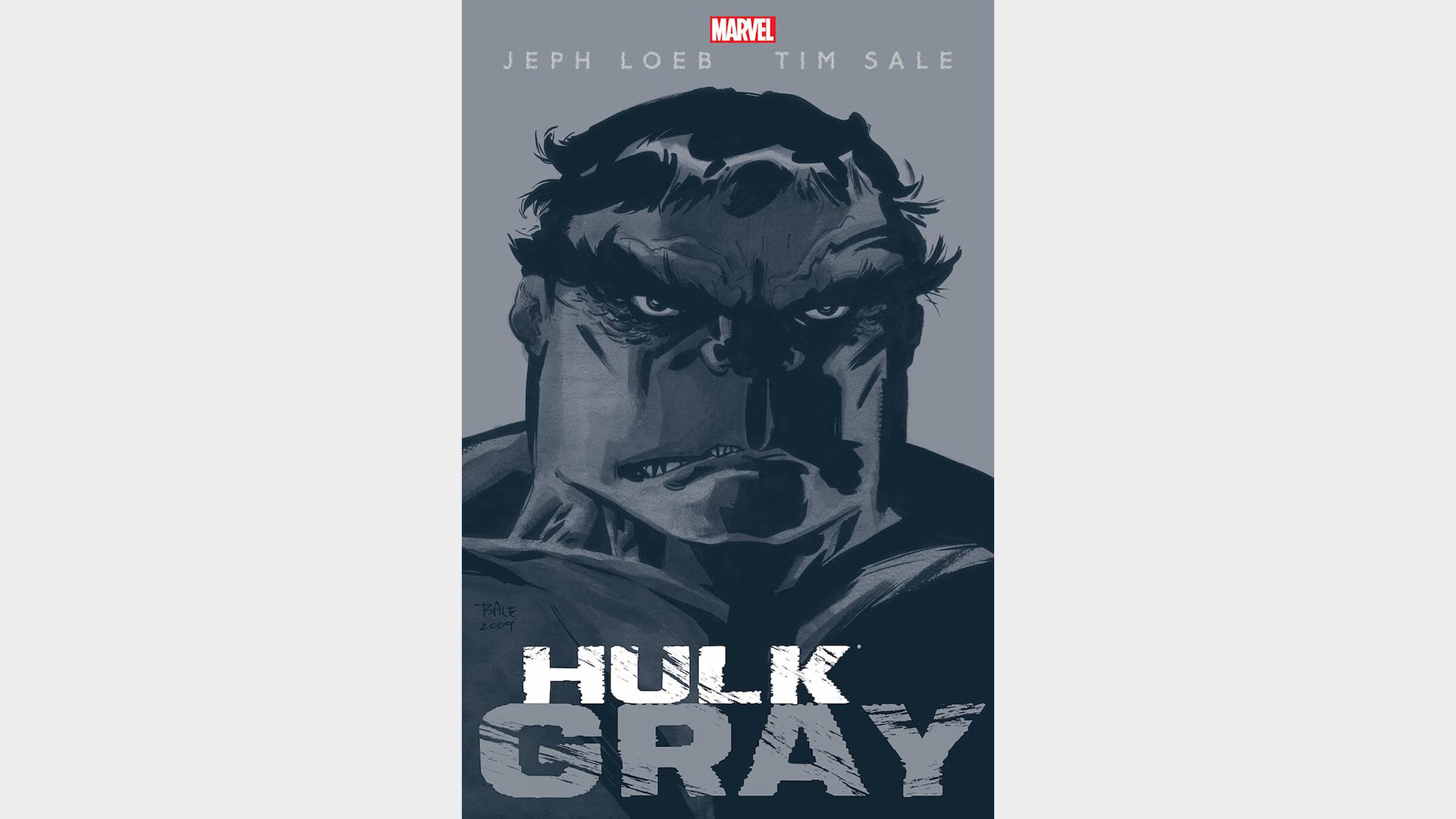
A mournful, masterful look at the monster and part of Tim Sale and Jeph Loeb's 'Color' cycle, Hulk: Gray took us back to the early days of the Hulk with an "untold tale" of his first transformations.
Even though Loeb and Sale's six issues hit all the high points of action and suspense that one would want from a Hulk tale, there is a deep well of human emotion running underneath all the smashing and vintage-inspired artwork. Framed with incisive narration between Bruce and his long-suffering shrink Doc Sampson, Loeb cuts deeply to the heart of Bruce Banner - what made him the man he was before the blast and what makes him the "monster" he is now.
If one was looking for a laser-focused version of what makes the Hulk such an enduring character, they needn't look any further than Hulk: Gray.
Buy: Amazon
Justin Partridge is a freelance journalist who can be found at GamesRadar+ and Newsarama writing reviews about the best comic books out there. He's also known to put his encyclopedic knowledge of the industry to work by exploring some of the biggest events in comic book history.


